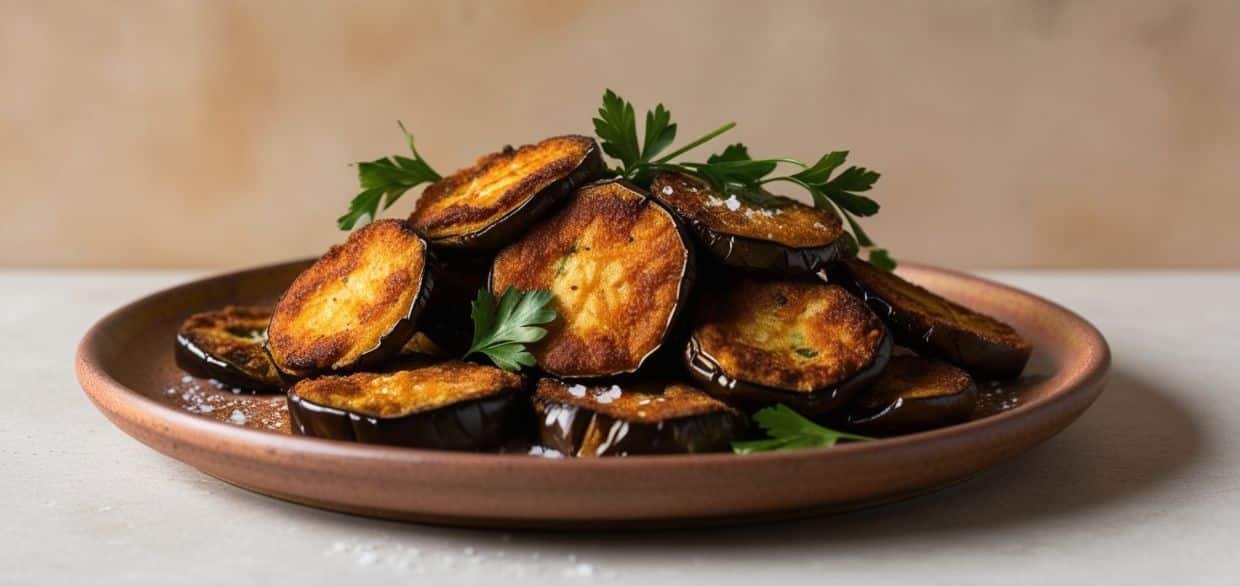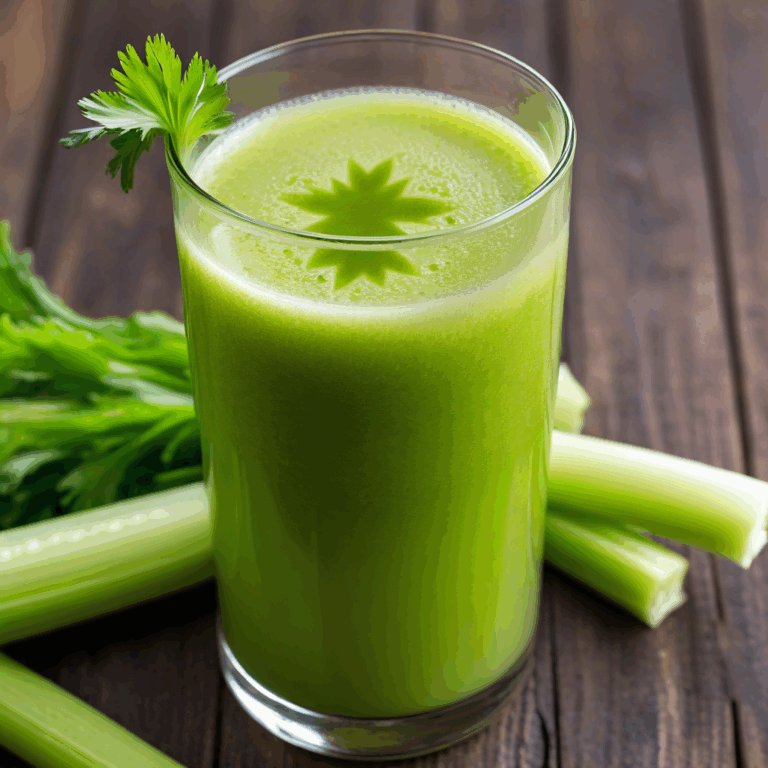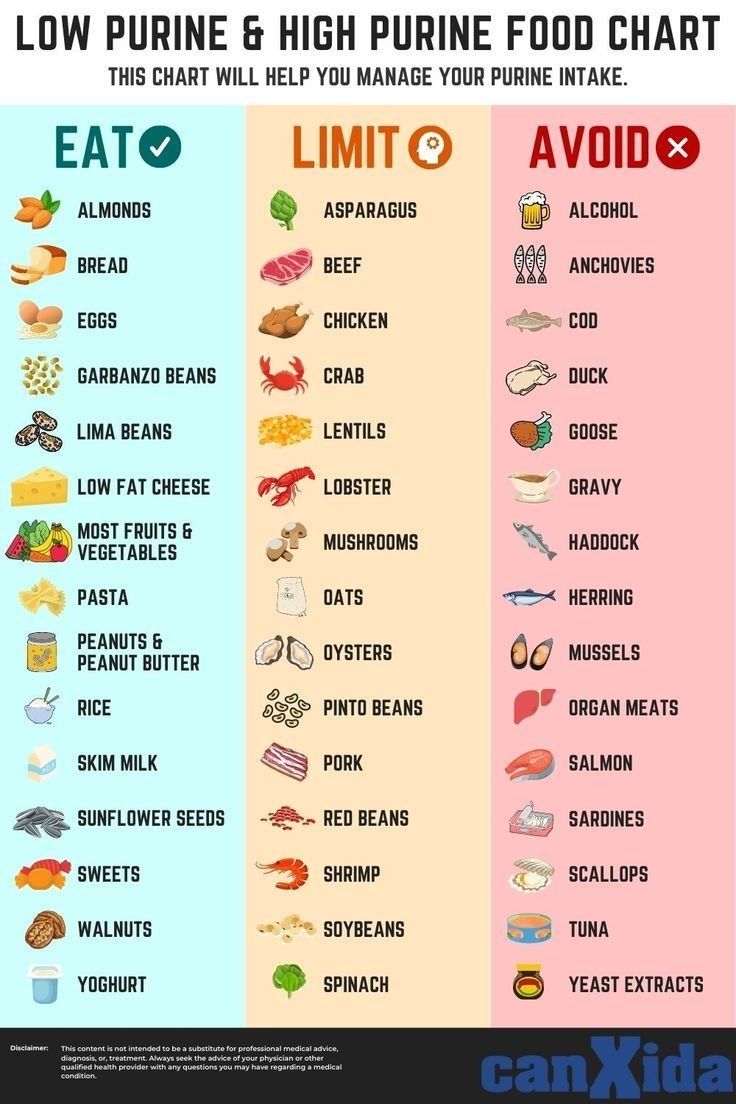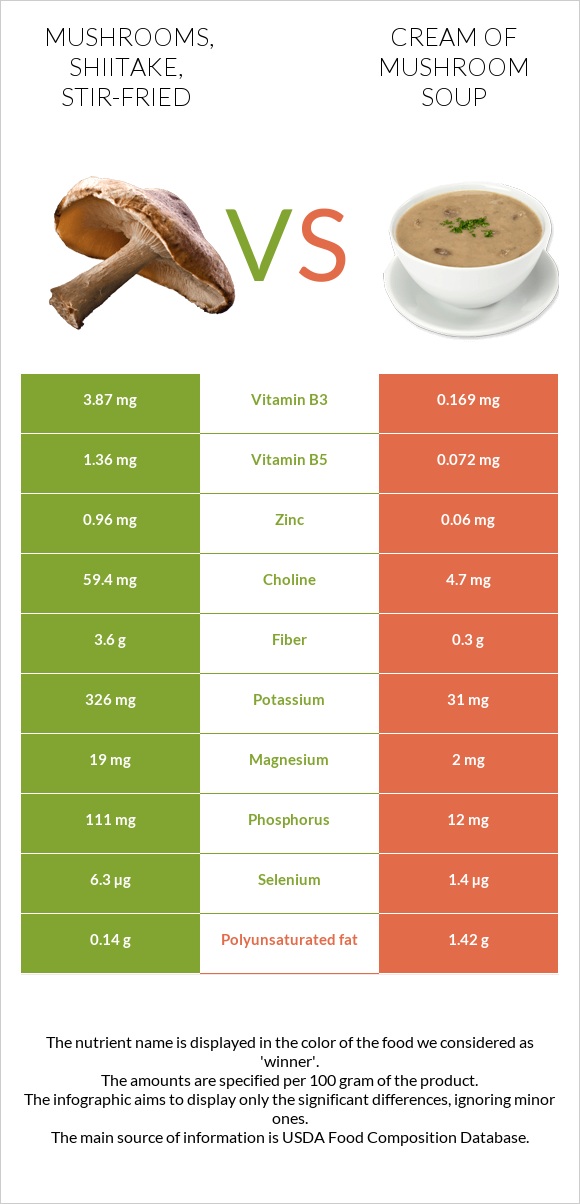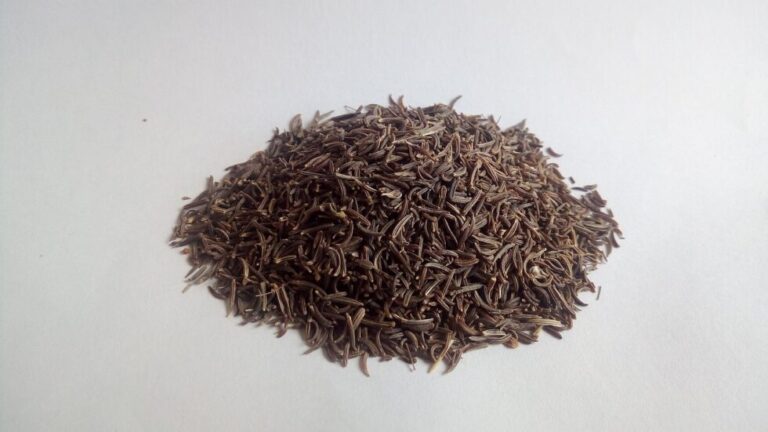More Than Just a Side Dish: Why Eggplant Deserves a Spot on Your Plate
In the vast tapestry of global cuisine, certain ingredients command attention, holding court as centerpieces, while others, equally deserving, often find themselves relegated to supporting roles. The eggplant, or aubergine as it is known in many parts of the world, is undeniably one such ingredient – a vegetable (or rather, a fruit, botanically speaking) of profound versatility and surprising depth, yet one that frequently lingers in the shadows, perceived as merely a side dish or an accompaniment. This perception, however, is a profound disservice to a culinary marvel whose story spans continents, centuries, and an astonishing array of flavors and textures. To truly appreciate eggplant is to embark on a journey, to understand its lineage, its science, and its boundless capacity for transformation. It is a narrative of a humble hero, often misunderstood, waiting for its moment to claim the spotlight it so unequivocally deserves.
The Humble Origins and Global Odyssey: From Wild Solanum to Culinary Staple
Our story begins not in the sun-drenched fields of the Mediterranean, where eggplant so famously thrives today, but much further east, in the ancient lands of India and Southeast Asia. Here, Solanum melongena, the botanical name for eggplant, emerged from its wild ancestors, a thorny, bitter plant whose tiny, egg-shaped fruits bore little resemblance to the plump, glossy globes we recognize. Early cultivation slowly transformed it, taming its bitterness and enhancing its flesh, making it palatable for human consumption.
From its birthplace, the eggplant began an extraordinary odyssey. It traveled first through Persia, carried by Arab traders along ancient spice routes, where its culinary potential was quickly recognized and integrated into the burgeoning cuisines of the Middle East. From there, it journeyed across North Africa, eventually crossing the Strait of Gibraltar into Spain, and then making its way to the Italian peninsula. This arrival in Europe, however, was not met with immediate fanfare. For centuries, eggplant was regarded with suspicion, even fear. Its membership in the nightshade family, which includes poisonous plants like deadly nightshade and belladonna, led to widespread misconceptions. It was dubbed the "mad apple" (mala insana) in some regions, believed to cause insanity, fevers, and even leprosy. This fear, often fueled by its sometimes bitter taste if not properly prepared, kept it largely out of the mainstream European diet for hundreds of years.
Yet, despite this initial apprehension, the eggplant persevered. In the warmer climes of the Mediterranean, particularly in Italy, Greece, and Turkey, its adoption was more enthusiastic. Here, the sun-kissed soil and the ingenuity of local cooks began to unlock its true potential. It was baked, fried, stewed, and pureed, its ability to absorb rich flavors making it an ideal canvas for the vibrant ingredients of the region: olive oil, garlic, tomatoes, and aromatic herbs. As European exploration expanded, so too did the eggplant’s reach, eventually arriving in the Americas, though it took time to shed its "mad apple" reputation even there.
Today, the eggplant’s global footprint is undeniable. It is a cornerstone of Mediterranean diets, a staple in countless Asian dishes, and an increasingly popular ingredient in Western vegetarian and vegan cooking. Its journey from a wild, suspicious plant to a beloved culinary staple is a testament to human curiosity, agricultural innovation, and the persistent desire to transform the earth’s bounty into nourishing and delicious food. It is a story of overcoming prejudice, of slow acceptance, and ultimately, of triumph.
Beyond the Purple Peel: The Science and Art of Eggplant
To truly understand why eggplant deserves a starring role, one must delve into its unique anatomy and the culinary science behind its transformation. The common perception of eggplant often centers around the large, deep purple, teardrop-shaped globe variety. However, this is just one member of a diverse and fascinating family. There are long, slender Japanese and Chinese eggplants, with thinner skins and fewer seeds, ideal for stir-frying and grilling. There are small, round Italian eggplants, perfect for stuffing. Graffiti eggplants boast striking purple and white stripes, while tiny Thai eggplants, often green or white, offer a slight bitterness and firmer texture for curries. White eggplants, too, exist, often milder and creamier. Each variety offers subtle differences in texture, seed content, and flavor, influencing its optimal culinary application.
At its core, eggplant is a marvel of composition. It is largely water (around 92%), which accounts for its spongy texture and its remarkable ability to absorb flavors. This porous nature, while a culinary blessing, can also be a challenge, as it readily soaks up oil when fried, leading to a sometimes greasy result if not handled correctly. This is where the "art" of eggplant preparation comes into play.
One of the most enduring techniques, and a cornerstone of traditional eggplant cooking, is salting. This simple act involves slicing or cubing the eggplant, sprinkling it generously with salt, and allowing it to rest for 30 minutes to an hour. The salt draws out moisture through osmosis, and with it, some of the compounds responsible for bitterness (particularly in older or larger specimens). More importantly, it collapses the cell structure, making the eggplant less porous. This pre-treatment means it absorbs significantly less oil during cooking, leading to a creamier, more tender interior and a less greasy final dish. While modern varieties are often bred to be less bitter, and many cooks skip salting for convenience, it remains a valuable technique, especially when frying or looking for that quintessential melt-in-your-mouth texture.
Beyond salting, the methods of cooking eggplant are as varied as its forms. Roasting transforms its flesh into a silky, sweet, and smoky delight, perfect for dips or as a side to roasted meats. Grilling imparts beautiful char marks and a robust flavor. Frying, when done correctly, yields a crispy exterior and a soft interior. Braising allows it to meld seamlessly with other ingredients, absorbing the rich flavors of a stew or curry. Its fibrous yet tender flesh, when cooked, offers a satisfying mouthfeel that can mimic meat, making it an exceptional ingredient for vegetarian and vegan dishes.
The subtle, earthy flavor of eggplant, sometimes with a hint of bitterness, is what allows it to be such a chameleon. It doesn’t overpower; rather, it provides a sturdy, absorbent foundation upon which other flavors can build. This inherent mildness, coupled with its transformative texture, makes it an unparalleled canvas for culinary creativity. The science behind its structure and the art of its preparation are inextricably linked, each informing the other to unlock the full potential of this magnificent fruit.
The Nutritional Powerhouse Hiding in Plain Sight: A Story of Health and Wellness
Beyond its compelling history and culinary versatility, eggplant holds another powerful story: that of its significant nutritional benefits. Often overlooked in favor of more brightly colored or famously nutrient-dense vegetables, eggplant is a quietly potent source of essential vitamins, minerals, and unique phytonutrients that contribute significantly to overall health and well-being.
First and foremost, eggplant is remarkably low in calories and fat, making it an excellent choice for those seeking to maintain a healthy weight or reduce caloric intake without sacrificing satisfaction. A cup of cooked eggplant contains only about 35 calories, yet it is packed with dietary fiber. This fiber is crucial for digestive health, aiding in regular bowel movements, preventing constipation, and promoting a feeling of fullness, which can help in appetite control.
But the nutritional story of eggplant extends far beyond fiber. It is a good source of several important vitamins and minerals. It provides Vitamin K, essential for blood clotting and bone health, and Vitamin C, a powerful antioxidant that supports the immune system. It also contains B vitamins like B6 (pyridoxine), thiamine, and niacin, which play vital roles in energy metabolism and nervous system function. Key minerals found in eggplant include magnesium, manganese, copper, and potassium, all of which are critical for various bodily processes, from muscle function to maintaining proper fluid balance. Folate, another B vitamin, is also present, making it beneficial for cell growth and DNA formation, particularly important during pregnancy.
Perhaps the most exciting chapter in eggplant’s nutritional narrative revolves around its rich array of antioxidants and phytonutrients. The most prominent of these is nasunin, the compound responsible for the eggplant’s characteristic deep purple hue. Nasunin is an anthocyanin, a type of flavonoid antioxidant concentrated primarily in the skin. Research suggests that nasunin is a potent free-radical scavenger, meaning it helps protect cells from oxidative damage, which is linked to chronic diseases like cancer and heart disease. Studies have also indicated its potential role in protecting brain cell membranes and improving blood flow to the brain, potentially supporting cognitive function.
Another significant phytonutrient in eggplant is chlorogenic acid, one of the most powerful antioxidants found in the plant kingdom. Chlorogenic acid has been linked to various health benefits, including anti-inflammatory properties, antimicrobial activity, and potential effects on blood sugar regulation. It may help lower LDL (bad) cholesterol levels and has been studied for its potential role in cancer prevention.
In traditional medicine systems, eggplant has been used for centuries to address various ailments. While modern science continues to explore these claims, the growing body of evidence supporting its antioxidant and anti-inflammatory properties reinforces its status as a valuable component of a healthy diet.
So, when you peel away the glossy skin of an eggplant, you’re not just revealing a versatile culinary ingredient; you’re uncovering a treasure trove of nutrients. Its story is one of quiet strength, contributing to your health in myriad ways, often without you even realizing the profound impact it has.
The Culinary Chameleon: A World of Transformations
This is where the story of eggplant truly shines, where its versatility moves from potential to glorious reality, shattering any notion of it being "just a side dish." Eggplant is the ultimate culinary chameleon, capable of transforming itself into a dizzying array of textures and flavors, taking center stage in dishes from virtually every corner of the globe. Its ability to absorb and enhance accompanying ingredients allows it to morph into hearty mains, creamy dips, and robust stews.
Let’s begin in the Mediterranean and Middle East, where eggplant has been celebrated for centuries. Here, its journey from suspicious plant to culinary icon is complete.
- Moussaka (Greece): Perhaps the most famous eggplant dish, this layered casserole is a symphony of flavors and textures. Slices of tender, fried or baked eggplant form the base, topped with a rich, spiced ground lamb or beef ragu, and crowned with a creamy, golden béchamel sauce. It’s a complete meal, hearty and utterly satisfying, with eggplant providing the foundational structure and earthy depth.
- Imam Bayildi (Turkey): Literally meaning "the Imam fainted," this dish is said to be so delicious it caused a religious leader to swoon. Whole eggplants are gently simmered in olive oil, stuffed with a fragrant mixture of onions, garlic, tomatoes, and herbs like parsley and mint. It’s a testament to slow cooking and the eggplant’s capacity to become incredibly soft and succulent, bursting with Mediterranean flavors.
- Baba Ghanoush (Middle East): A ubiquitous dip, baba ghanoush elevates eggplant to a creamy, smoky delight. Whole eggplants are roasted or grilled until deeply charred and tender, then the smoky flesh is scooped out and mashed with tahini, lemon juice, garlic, and olive oil. It’s an appetizer, a spread, and a celebration of eggplant’s inherent creaminess and its affinity for bold flavors.
- Parmigiana di Melanzane (Italy): The Italian answer to a comforting casserole, eggplant parmigiana layers thinly sliced, often fried, eggplant with rich tomato sauce, mozzarella, Parmesan cheese, and fresh basil. Baked until bubbling and golden, it’s a vegetarian main course that is deeply savory, textural, and utterly irresistible. The eggplant here provides the satisfying "meatiness" that makes it so substantial.
Moving further east, to the vibrant cuisines of Asia, eggplant takes on entirely new personas:
- Braised Chinese Eggplant: Often featuring the long, slender Chinese eggplant, this dish typically involves stir-frying or lightly frying the eggplant until tender, then braising it in a savory sauce made with soy sauce, garlic, ginger, rice vinegar, and often a touch of sugar. The eggplant absorbs the complex flavors of the sauce, becoming incredibly silky and flavorful, often served over rice as a main.
- Indian and Thai Curries: In South and Southeast Asian curries, eggplant provides both substance and texture. In Indian curries like Baingan Bharta (a smoky roasted eggplant mash similar to baba ghanoush) or various vegetable curries, it absorbs the intense spices, becoming soft and aromatic. In Thai green or red curries, small Thai eggplants add a delightful pop of texture and a subtle bitterness that balances the richness of the coconut milk.
- Nasu Dengaku (Japan): This elegant dish showcases Japanese eggplant halved and scored, then brushed with a sweet and savory miso glaze and broiled until caramelized and tender. It’s a perfect example of how eggplant can be both simple and sophisticated, offering a delicate sweetness and umami depth.
Beyond these traditional powerhouses, eggplant’s journey as a culinary chameleon continues into modern kitchens, particularly in the realm of vegetarian and vegan cooking. Its ability to mimic the texture of meat, combined with its capacity to absorb marinades and seasonings, makes it an invaluable substitute:
- Eggplant Steaks: Thick slices of globe eggplant, marinated and grilled or pan-fried, can stand in beautifully for a steak, offering a satisfying chew and a smoky flavor.
- Eggplant "Bacon": Thin strips of eggplant, seasoned with smoked paprika and soy sauce, then baked until crispy, can surprisingly replicate the savory crunch of bacon.
- Plant-Based Burgers: Shredded or mashed eggplant can be a binding agent and flavor enhancer in vegetarian burger patties, adding moisture and substance.
The story of eggplant in the kitchen is one of endless possibility. It is a testament to an ingredient that doesn’t just adapt; it transforms. It takes on the character of the cuisine it inhabits, proving time and again that it is not merely a background player, but a star capable of carrying the entire narrative of a meal.
Embracing the Eggplant: Tips for the Home Cook
For the knowledgeable home cook, embracing eggplant is not just about appreciating its story; it’s about actively integrating it into your culinary repertoire. Moving beyond the "side dish" mentality requires a willingness to experiment and a few key techniques to unlock its full potential.
1. Selection and Storage:
- Choose Wisely: Look for eggplants that are firm, heavy for their size, and have smooth, glossy skin. Avoid those with soft spots, wrinkles, or blemishes, as these indicate age or damage. The stem and cap should be green and fresh-looking.
- Handle with Care: Eggplants are delicate and bruise easily.
- Storage Savvy: Unlike many vegetables, eggplants don’t love the cold. Store them at room temperature for a day or two, or in a cool pantry. If refrigerating, use the warmest part of the fridge (e.g., a crisper drawer) and consume within a few days, as extended cold can damage their texture.
2. The Salting Debate: To Salt or Not to Salt?
- Why Salt? As discussed, salting draws out moisture, reduces bitterness (especially in larger, older eggplants), and prevents excessive oil absorption during frying.
- When to Salt: If you’re frying eggplant, especially the larger globe varieties, salting is highly recommended for a creamier, less greasy result. For roasting, grilling, or stewing, particularly with younger or smaller varieties (like Japanese or Chinese eggplant), you can often skip it, as modern breeds are generally less bitter.
- How to Salt: Slice or cube the eggplant, spread it in a single layer on a rack set over a tray, sprinkle generously with coarse salt (kosher or sea salt works best), and let it sit for 30-60 minutes. You’ll see beads of moisture form on the surface. Pat it thoroughly dry with paper towels before cooking.
3. Mastering Cooking Techniques:
- Roasting (The Easiest Path to Creaminess): This is arguably the most forgiving and flavorful method. Toss cubed or sliced eggplant with olive oil, salt, pepper, and your choice of herbs/spices. Roast at 400°F (200°C) until tender and caramelized, about 25-35 minutes. It becomes incredibly soft and sweet.
- Grilling (For Smoky Depth): Slice eggplant into thick rounds or planks. Brush with olive oil, season, and grill over medium-high heat until tender and beautifully charred. The smoky flavor is fantastic.
- Frying (The Classic, with Caution): For dishes like Parmigiana, shallow frying is traditional. Ensure your oil is hot enough (around 350-375°F / 175-190°C) to minimize absorption. Fry in batches until golden brown. Remember, salting is key here!
- Braising/Stewing (Absorbing All the Flavors): Eggplant excels in slow-cooked dishes, soaking up the broth and spices. Add it to curries, ratatouille, or caponata, allowing it to melt into the sauce.
4. Perfect Flavor Pairings:
Eggplant’s mild flavor makes it incredibly amenable to a wide range of pairings:
- Aromatics: Garlic, onion, shallots, ginger.
- Acids: Lemon juice, vinegar (red wine, balsamic, rice), tomatoes.
- Herbs: Basil, oregano, mint, cilantro, parsley, thyme, rosemary.
- Spices: Cumin, coriander, paprika, turmeric, chili powder.
- Dairy/Creamy: Feta, mozzarella, Parmesan, goat cheese, yogurt, tahini.
- Other Vegetables: Bell peppers, zucchini, potatoes.
- Proteins: Lamb, beef, chicken, chickpeas, lentils.
By understanding these fundamentals, you transform the act of cooking eggplant from a potentially daunting task into an exciting culinary adventure. You’re not just preparing a vegetable; you’re participating in its ongoing story of transformation, bringing its full potential to your plate.
Conclusion: The Unfolding Narrative of a Culinary Star
The story of eggplant is far more compelling than its often-misunderstood reputation suggests. It is a tale of ancient origins and arduous journeys, of overcoming prejudice and finding acceptance. It is a narrative woven with the threads of botanical science and culinary artistry, revealing a fruit of remarkable composition and astonishing adaptability. And it is a testament to the quiet power of nutrition, providing a bounty of health benefits often hidden beneath its vibrant skin.
From the smoky depths of baba ghanoush to the comforting layers of moussaka, from the vibrant spices of an Indian curry to the elegant simplicity of miso-glazed Japanese eggplant, this incredible ingredient proves, time and again, that it is far more than "just a side dish." It is a main character, a versatile protagonist capable of anchoring a meal and delighting the senses in countless ways.
For the knowledgeable cook, the invitation is clear: rediscover the eggplant. Explore its diverse varieties, experiment with its transformative cooking methods, and allow its rich history and vibrant potential to inspire your culinary creations. Let its story unfold on your plate, and you will find that eggplant not only deserves a spot, but it has the power to elevate, surprise, and nourish, proving itself to be a true culinary star.

